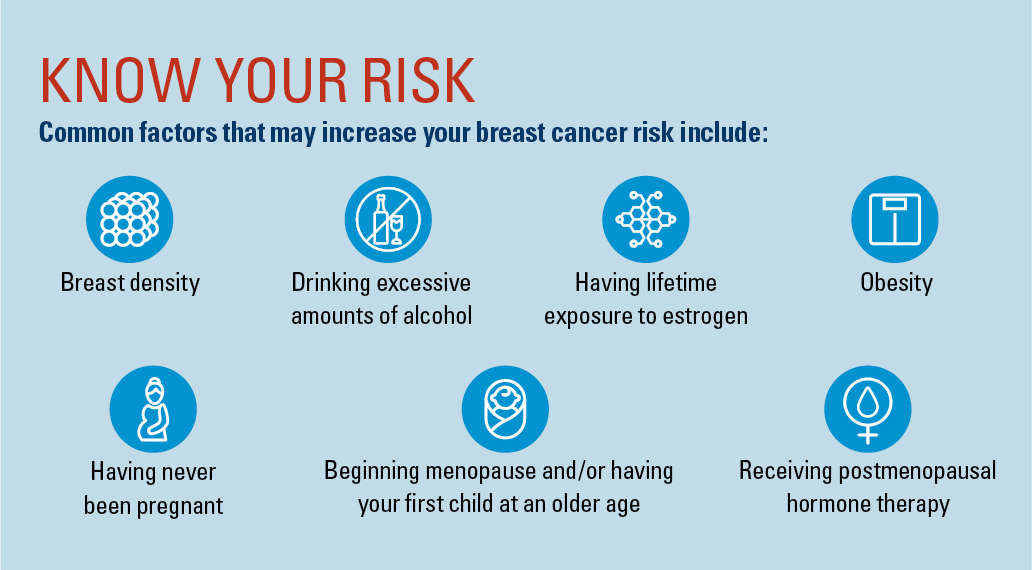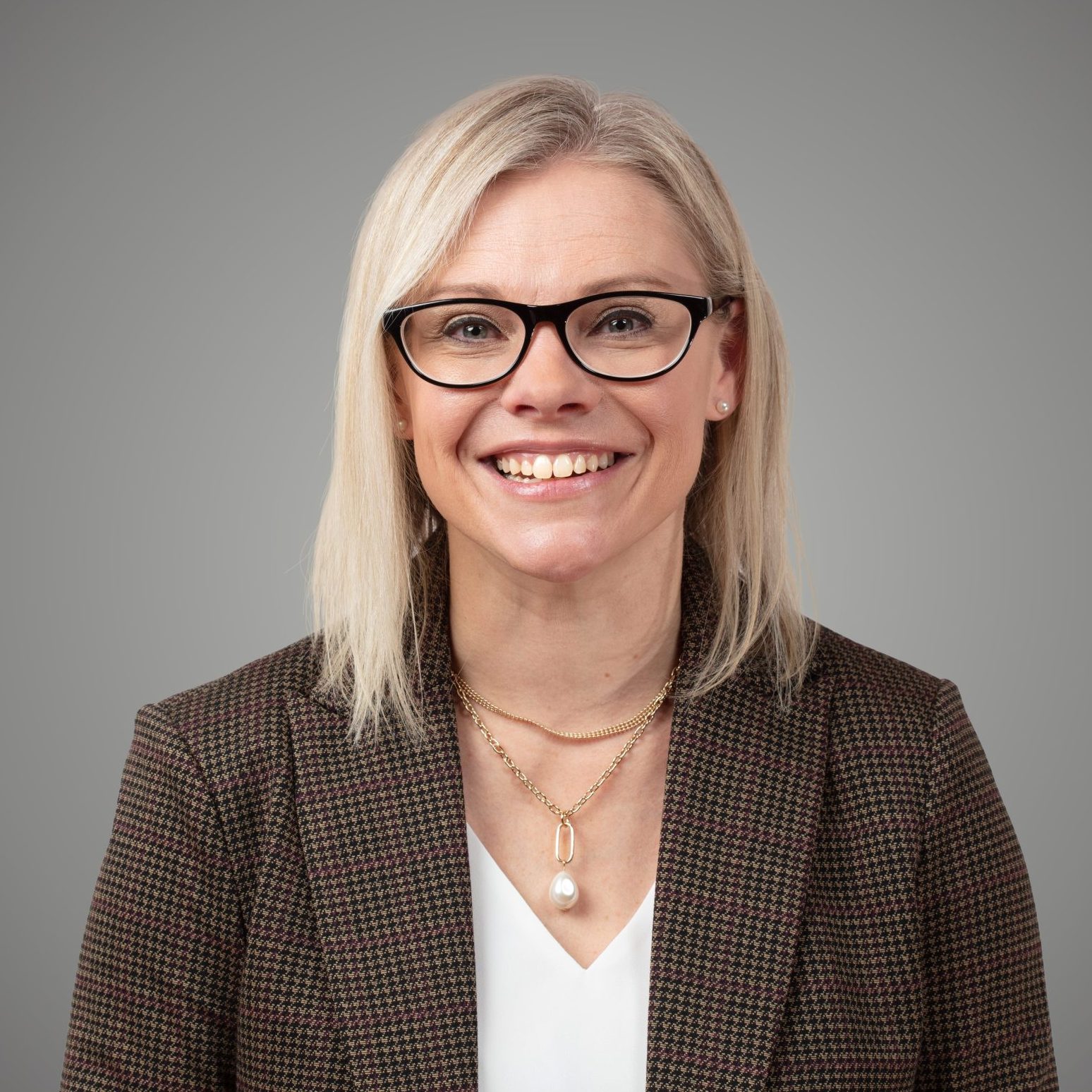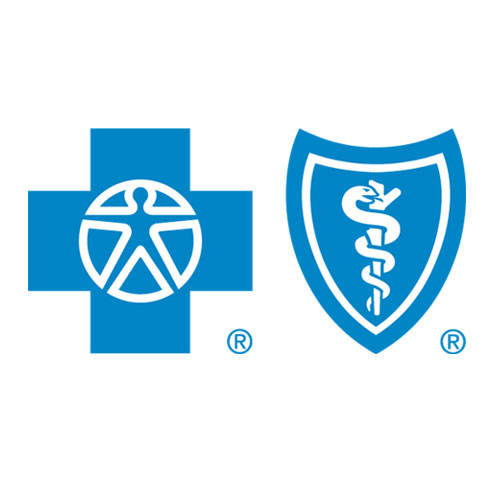Carmen's story, how a routine mammogram helped save a life
October 4, 2021Minnesota native Carmen Berrios was living in Miami, Florida last year where COVID-19 infection rates led many clinics to pause certain services, including mammograms. In previous years, Berrios had scheduled her regular mammograms and colonoscopies like clockwork because both cancers occurred in her family. But the pandemic was making that difficult and she considered skipping them.
A lifesaving change of heart
Luckily, she had a change of heart when she learned about an opportunity to get both screenings in one day. The clinic was far away — a five-hour drive — but she decided it was worth it. Within hours of completing her mammogram that day, she was asked to return for additional screenings. And at the age of 71, Berrios was diagnosed with breast cancer.
Breast cancer is the most common cancer among women, with approximately one in eight women developing it in their lifetime, according to the American Cancer Society. Catching breast cancer early is really important and regular screenings are vital.
Early detection increases treatment options
Preventive care mammogram screenings can help detect breast cancer. A mammogram is a series of X-rays of the breast that help detect calcifications and certain patterns that may indicate breast cancer. By finding the cancer early, it can be treated sooner and could prevent the cancer from spreading.
Additionally, every woman should be familiar with the appearance and feel of their breasts and report any changes to their doctor.

Getting a mammogram
Regular screenings typically begin when a woman is between 40 and 49 years old, but guidelines can vary. Develop a screening plan with your doctor that takes your personal risk factors including age and family history into account. Women over 50 should be screened at least every two years. It’s important to inform your doctor about any family members who have experienced breast cancer since five to 10 percent of breast cancers are tied to inherited gene mutations according to the Centers for Disease Control and Prevention.
Your doctor may mention some options for where to go get a mammogram. You can also call the phone number on the back of your health insurance card and ask for help finding a convenient location that is in your plan’s network. From outpatient hospital or imaging centers to mobile mammography vans to specialty clinics, there are many options. And all medical providers are following enhanced procedures to ensure your safety from COVID-19 while getting the care you need.
Surviving and thriving
It has been five months since Berrios’ last chemotherapy session and the double mastectomy surgery that came before that. Living in Minnesota again, Berrios is focused on giving back and helping others while leaning into her hobbies to help manage stress and anxiety. Read her full story in thrive. magazine.


